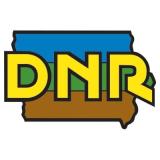Midwest and Missouri River Basin DEWS Webinar: Iowa Drought Plan – Overview, Process, and Lessons Learned
This Midwest and Missouri River Basin Drought Early Warning System (DEWS) Webinar featured a series of presenters that highlighted the newly released Iowa Drought Plan.
The Iowa Drought Plan was developed through a collaborative planning process between state, local, and federal partners. This webinar will provide a summary of the major components of the Iowa Drought Plan, highlight the process the State of Iowa took to develop the plan, and presenters will reflect on lessons learned or best practices recognized during the development of the plan.






